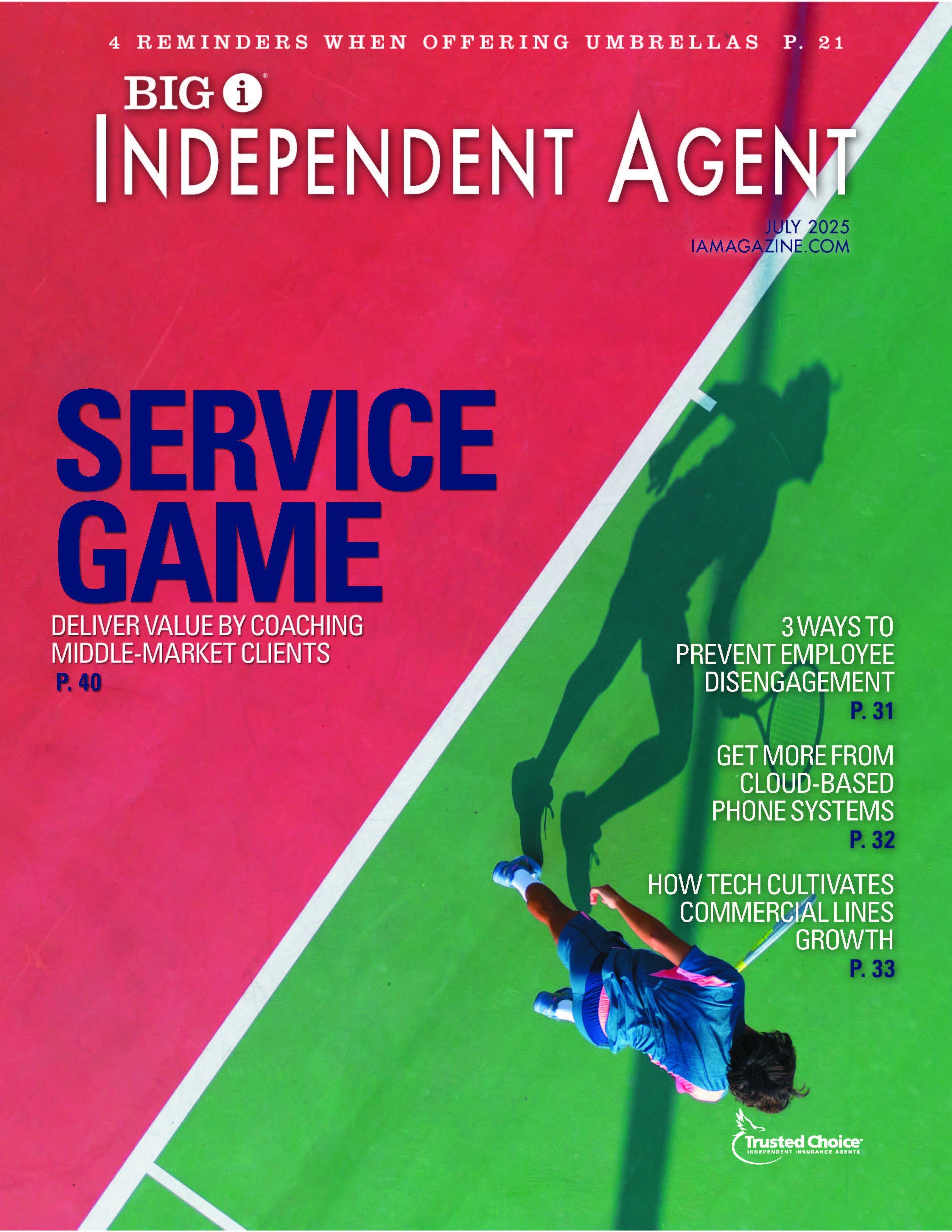3 Coverage Gaps Agents Can Highlight for Restaurant Clients

By: Olivia Overman
Due to the nature of the business, restaurants face a variety of risks—from general liability and commercial property to workers compensation, product liability and liquor liability. As a result, restaurant owners need to be sure they know what coverage they have and where they could be vulnerable.
“The restaurant market and coverages have evolved in recent years,” says Rachel Kallmyer, industry lead, Travelers. “Broadly speaking, underwriting criteria has tightened, while at the same time operations at restaurants have changed as well.”
“We saw significant changes during COVID-19 and have seen some of those changes take hold, while some aspects of operations have reverted to what was more common prior to COVID-19,” Kallmyer says.
As restaurants embrace change, here are three coverage gaps that agents can help their clients avoid:
1) Technology use. The most prevalent change within the industry in the past few years has been the leveraging of technology in almost all areas of a restaurant’s operations.
“Restaurants have been rapidly adopting new technology, particularly over the past five years,” Kallmyer says. “Because of that, agents and customers need to be talking about cyber coverage.”
“Restaurant owners who utilize online ordering, mobile apps, tabletop ordering devices or point-of-sale technology need to make sure they have adequate cyber coverage to protect their business,” Kallmyer explains. “Any internet-connected technology could be susceptible to cybercriminals. With new threats to computer systems and data emerging every day, it’s important to be prepared.”
2) Business income limits. During COVID-19, many restaurants adjusted their income estimates to reflect decreased sales volume. Now, the adequacy of such limits should be reviewed by agents and clients.
“Agents should make sure those income estimates now match current revenues, which might be significantly different from pandemic or pre-pandemic levels,” Kallmyer says. “Underestimated revenues could lead to inadequate coverage limits in the event of a business interruption claim.”
A gap in business income coverage can lead to difficulties for a restaurateur, particularly if there is “a covered property loss, the owner may be shut down during repairs and might not be able to sustain the earnings they enjoyed prior to the loss,” says Bill Hughes, vice president of commercial lines, Arbella Insurance Group. “On at least an annual basis, the agent should meet with ownership to carefully estimate the gross earnings for the coming year. It may be tempting to leave the business income value the same from year to year, but it could result in a shortfall at the time of loss.”
Additionally, “the implications of including or not including payroll in the business income limit and coverage is another discussion point,” Hughes says. “A conversation centered around ‘what if’ scenarios can bring issues to the forefront around challenges in replacing equipment and fully understanding the duration a restaurant could be down in the event of a major loss such as a fire.”
“The agent should carefully review the different types of business income coverage forms—for example, the difference between an actual loss sustained form and a gross earnings form,” Hughes says.
3) Workers comp. In an industry where the number of staff members can fluctuate from season to season, “agents should make sure they are working with their customers to analyze payroll changes and employee costs, particularly when it comes to workers comp coverage,” Kallymer says. “That type of flexibility can help minimize surprises at the time of an audit or reduce the chances of unnecessarily paying too much upfront on a policy.”
As an agent, understanding the nuances of the restaurant business can result in more cost-effective, comprehensive coverage for the client. “A good agent will know the options available for their customer and help find the right coverage to navigate any variations,” Kallymer says.
“No business owner wants an unexpected expense, and if they have not increased their sales and payroll figures to represent current conditions, they may see an increase in premium at the time of an audit,” Hughes says. “Communication and updating sales and payroll figures can prevent this from occurring.”
Olivia Overman is IA content editor.










